I want to read a column of number from an attached image (png file).

My code is
import cv2
import pytesseract
import os
img = cv2.imread(os.path.join(image_path, image_name), 0)
config= "-c
tessedit_char_whitelist=01234567890.:ABCDEFGHIJKLMNOPQRSTUVWXYZabcdefghijklmnopqrstuvwxyz"
pytesseract.image_to_string(img, config=config)
This code gives me the output string: 'n113\nun\n1.08'. As we can see, there are two problems:
- It fails to recognize a decimal point in 1.13 (see attached picture).
- It totally cannot read 1.11 (see attached picture). It just returns 'nun'.
What is a solution to these problems?
Bests
